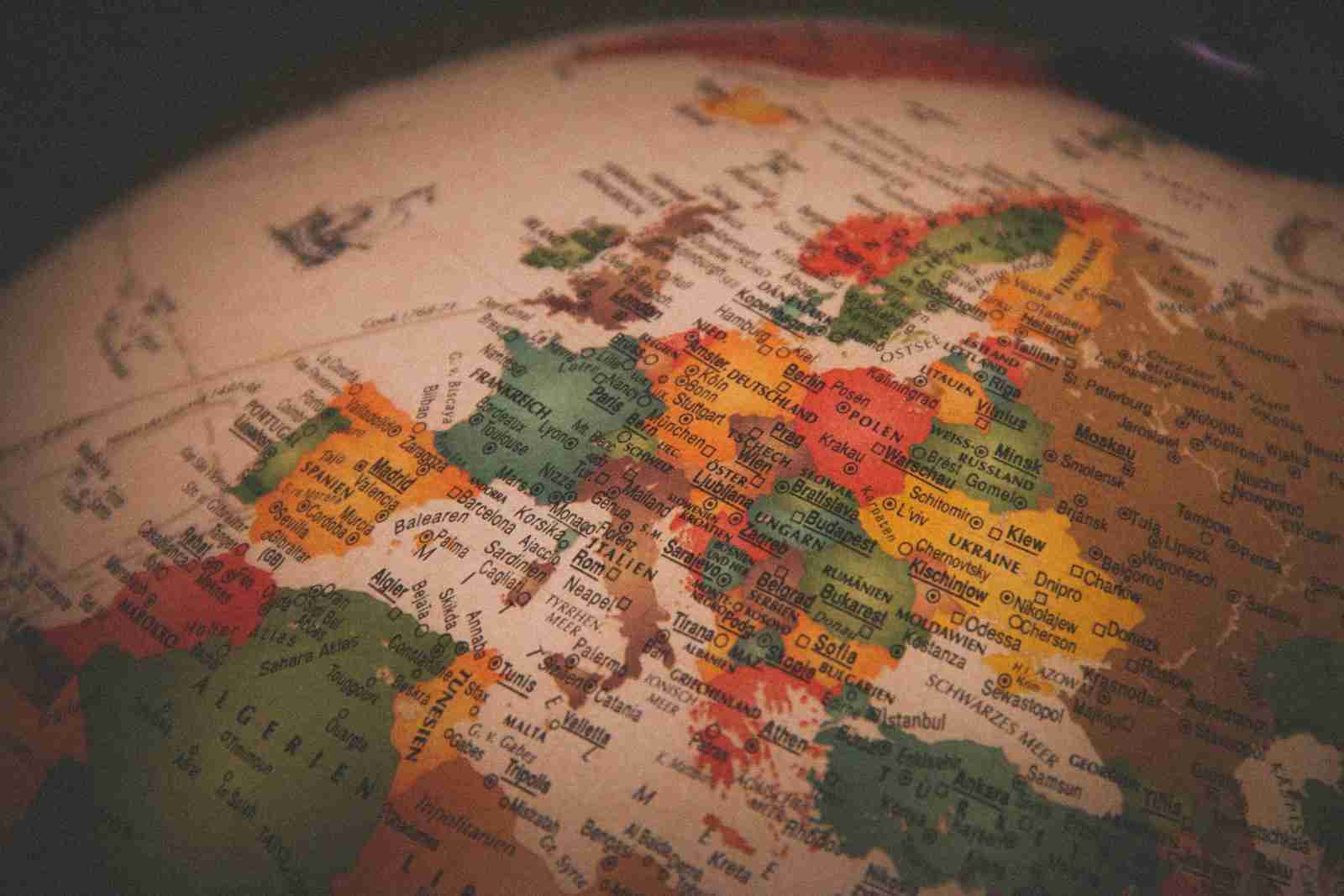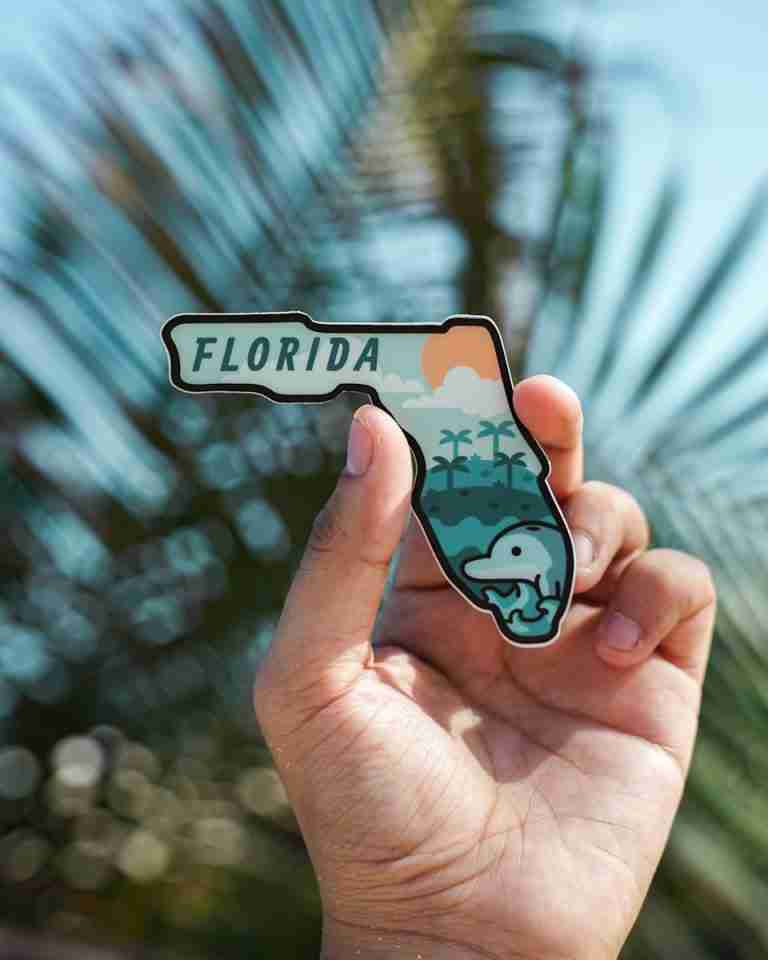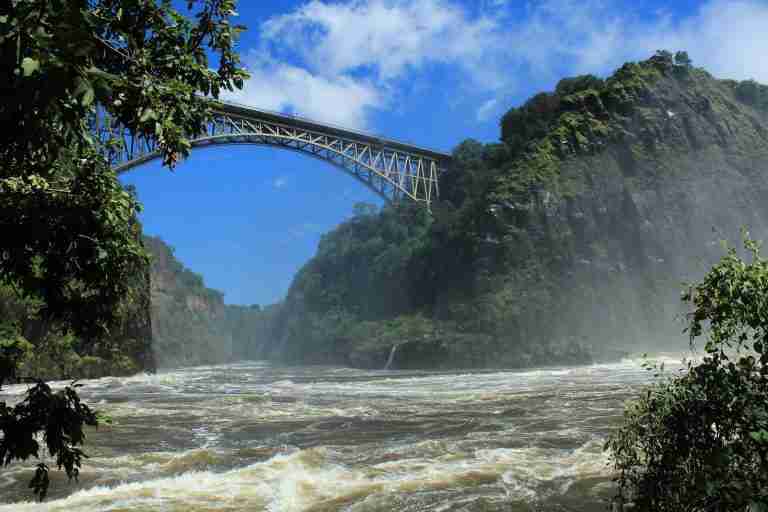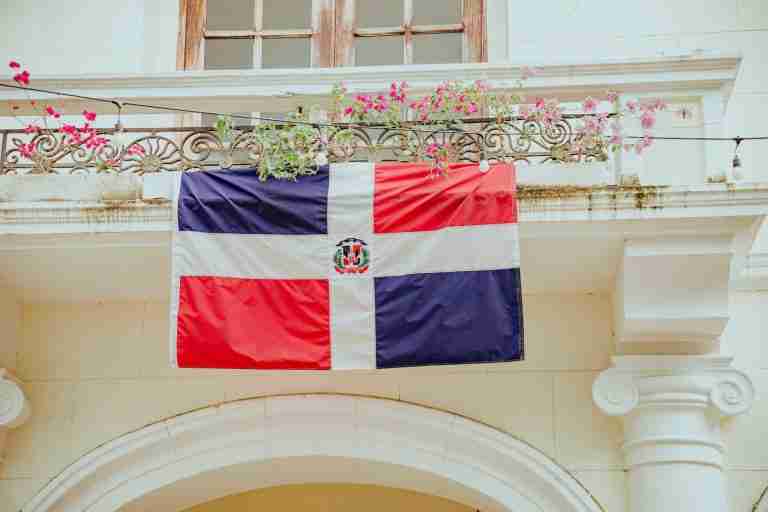25 Fun Facts About Europe | Ultimate Cultural Experience
1. The Louvre Museum attracts millions of visitors annually.
The Louvre Museum in Paris is not just the world’s largest art museum but also a historic monument in France. It’s home to tens of thousands of works of art, including the Mona Lisa and the Venus de Milo.
As one of the most visited museums globally, the Louvre plays a significant role in French culture and the dissemination of art and history, making it a cornerstone among Europe facts for art lovers and historians alike.
2. Europe leads in renewable energy initiatives.
Europe is at the forefront of the renewable energy movement, with numerous countries investing heavily in wind, solar, and hydroelectric power. This commitment is part of a broader strategy to reduce carbon emissions and combat climate change.
Germany, Spain, and Denmark, in particular, have made significant strides in integrating renewable energy sources into their national grids, setting a global example for sustainable energy development.
3. The Eurovision Song Contest showcases European musical diversity.
Since its inception in 1956, the Eurovision Song Contest has become a yearly celebration of European music and culture, bringing together acts from across the continent and beyond. It’s a unique event that highlights the diversity and creativity of European music.
This festival of Europe has launched careers and introduced global audiences to a wide range of musical styles and traditions, making it a beloved fixture in the European cultural calendar.
4. The Northern Lights offer a spectacular display in Europe.
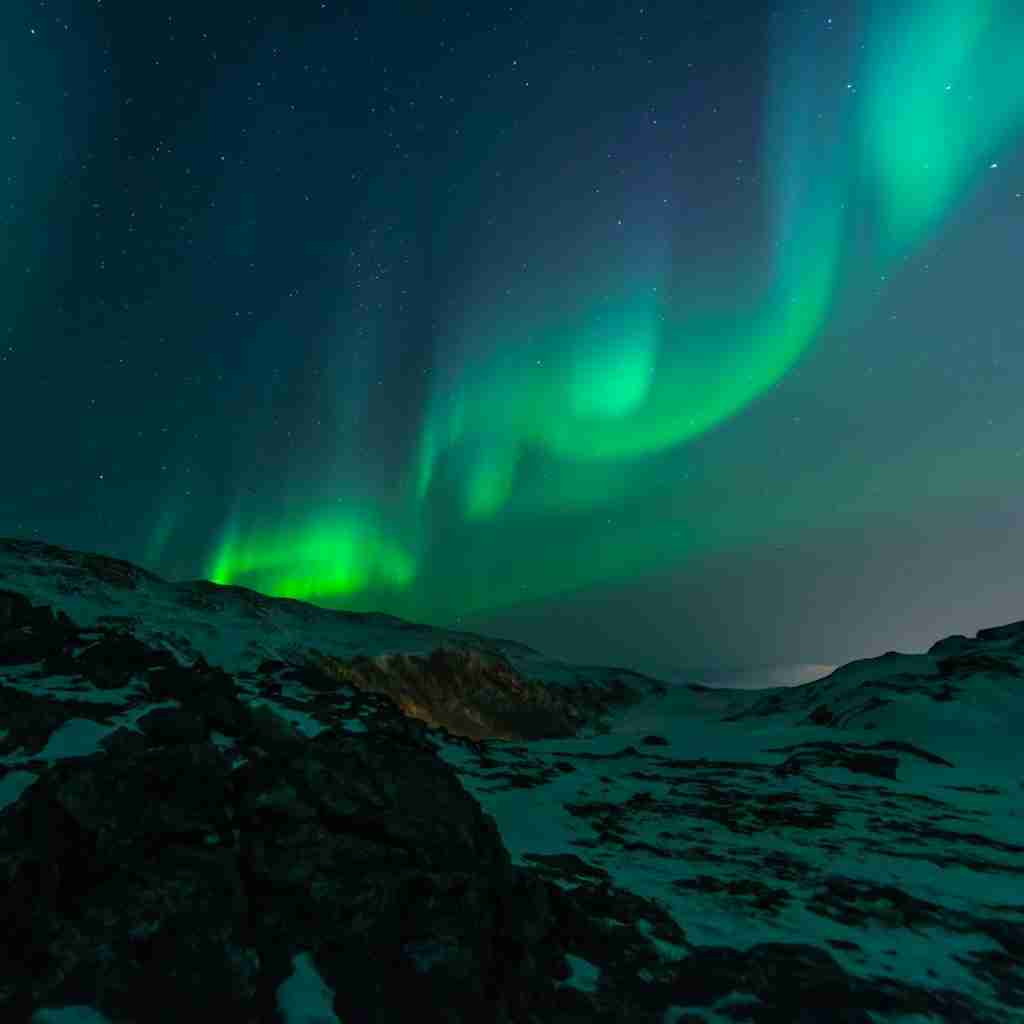
The Aurora Borealis, or Northern Lights, is one of nature’s most spectacular phenomena, and Europe offers some of the best spots to witness this magical display. Countries like Norway, Sweden, and Iceland provide prime viewing conditions.
The lights are caused by particles from the sun interacting with the Earth’s atmosphere, creating a dazzling show of colors in the sky. This natural spectacle draws visitors from around the globe, eager to catch a glimpse of the lights’ ethereal beauty.
5. The Volga River is Europe’s longest river.
The Volga River, stretching over 3,530 kilometers, is not only the longest river in Europe but also a vital waterway for Russian commerce and travel. It flows through central Russia to the Caspian Sea, serving as a lifeline for many communities.
Along its banks lie historic cities, rich cultural landmarks, and diverse ecosystems, making the Volga a significant feature of the European landscape. Its importance in Russian history and economy cannot be overstated.
6. What are notable aspects of Europe in the Middle Ages?
The Middle Ages History of Europein Europe witnessed significant developments in art, architecture, and commerce, including the construction of majestic cathedrals, the rise of feudalism, and the flourishing of medieval literature and philosophy.
7. Athens is celebrated as the birthplace of democracy.
Athens, Greece, is often celebrated as the birthplace of democracy. This ancient city-state laid the groundwork for democratic governance in the 5th century BCE, a system where citizens had a say in state affairs.
This revolutionary concept of governance profoundly influenced the development of political systems worldwide. Today, the principles first established in Athens continue to underpin modern democratic societies.
8. Plovdiv is the oldest continually inhabited city in Europe.
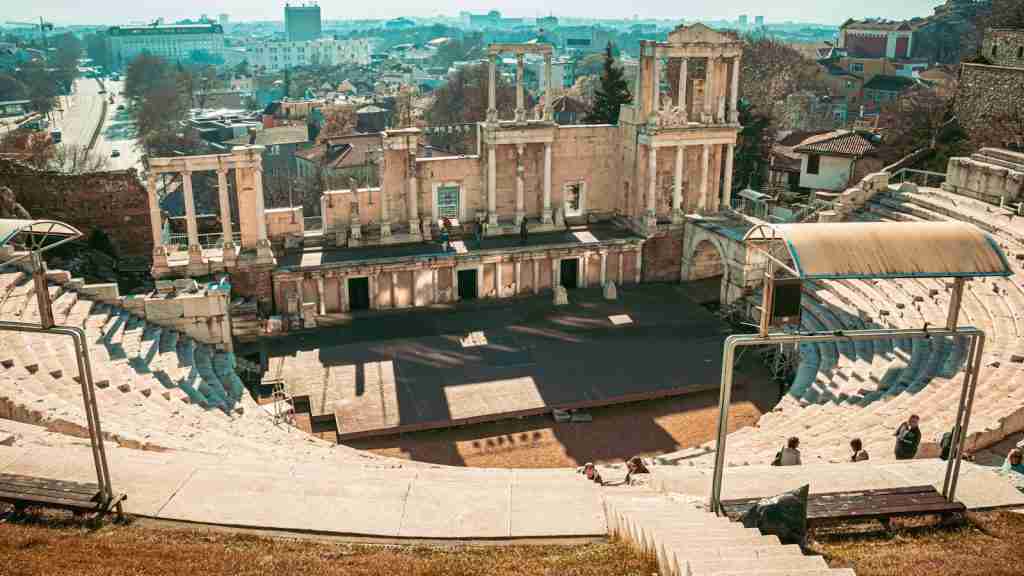
Plovdiv, Bulgaria, holds the title of the oldest continually inhabited city in Europe. With a history spanning over 6,000 years, its layers of heritage reflect the various civilizations that have settled here.
From ancient Thracians to Romans, Ottomans, and Bulgarians, each era has left its mark on the city. Plovdiv’s Old Town, with its Roman theater and colorful 19th-century mansions, is a living museum of its storied past.
9. Europe is renowned for its castles.
Europe is renowned for its castles, with thousands dotted across the landscape, each telling a story of the continent’s feudal past, battles, and aristocracy. These structures range from medieval fortresses to opulent palaces.
Castles like Neuschwanstein in Germany and the Château de Chambord in France are not just historical relics but have inspired stories, films, and art worldwide, showcasing Europe’s architectural diversity and historical depth.
10. Europe’s rail network is one of the most extensive in the world.
Europe’s commitment to sustainable travel is exemplified by its vast rail network, which connects major cities and remote regions across the continent. This network makes it possible to travel from one end of Europe to the other with ease and comfort.
The efficiency and convenience of European rail travel are unmatched, offering scenic journeys and a greener alternative to air travel, which is a testament to Europe fun facts for environmentally conscious travelers.
11. Finland is known as the land of a thousand lakes.
Finland is affectionately known as the land of a thousand lakes, though in reality, it boasts nearly 188,000 bodies of water. These lakes are a defining feature of the Finnish landscape, offering stunning natural beauty and a peaceful retreat for nature lovers.
The abundance of lakes plays a crucial role in Finnish culture and outdoor activities, including fishing, swimming, and boating. It’s a testament to the country’s commitment to preserving its natural heritage and promoting a deep connection with nature.
12. Vatican City is the world’s smallest country.
Vatican City, nestled within the heart of Rome, is not just a city but an independent state, making it the smallest country in the world. Covering an area of just 44 hectares, it’s a fascinating enclave with a population of fewer than 1,000.
Despite its diminutive size, Vatican City holds immense spiritual and cultural significance. It houses the Pope, the Sistine Chapel, and St. Peter’s Basilica, attracting millions of visitors each year.
13. Europe is home to the world’s largest volcano.
Mount Etna, located on the island of Sicily, Italy, is not only the highest volcano in Europe but also one of the most active in the world. Its frequent eruptions are a spectacular, if daunting, display of nature’s power.
This towering giant, standing at over 3,300 meters, offers scientists and tourists alike a unique opportunity to study volcanic activity and enjoy breathtaking landscapes. Its presence is a stark reminder of the Earth’s ever-changing nature.
14.What are some fun facts about European geography?
- Towering mountains, providing thrilling adventures and breathtaking scenic vistas.
- Lush, dense forests adorn Europe, inviting exploration and connecting with nature.
- Pristine coastlines, offering tranquil beauty and coastal adventures.
- Fertile plains characterize Europe, contributing to its rich agricultural heritage and diverse landscapes.
15. Europe boasts over 200 European languages.
Europe is a melting pot of languages, with over 200 European languages spoken across its countries. This linguistic diversity is a testament to Europe’s rich cultural tapestry and history.
From the Romance languages of the south to the Germanic tongues of the north, each language contributes to the continent’s unique identity. This diversity makes Europe a fascinating place for linguists and travelers alike.
16. Copenhagen is known as Europe’s green capital.
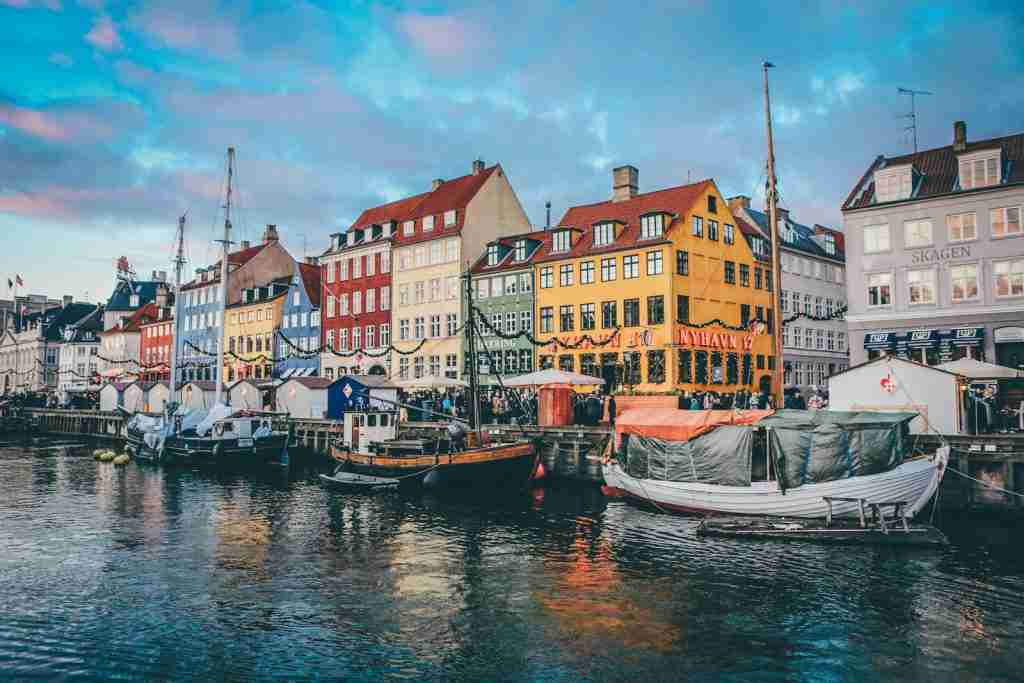
Copenhagen: Europe’s green capital🌿🏙️
Copenhagen, Denmark, is often hailed as Europe’s green capital, thanks to its commitment to sustainability and the environment. The city’s initiatives include extensive bicycle lanes, green roofs, and renewable energy sources.
This dedication to green living has made Copenhagen a model for cities worldwide, aiming to be carbon-neutral by 2025. Its blend of eco-friendly policies and high quality of life sets a benchmark for urban sustainability.
17. The Svalbard Global Seed Vault preserves crop diversity for future generations.
Located in the Arctic Svalbard archipelago of Norway, the Global Seed Vault is a secure seed bank designed to safeguard the genetic diversity of the world’s crops against global crises. It represents a critical effort in the conservation of plant diversity.
This “Doomsday Vault” holds samples of seeds from around the world, ensuring that, no matter what happens, humanity will have the resources to restart agriculture and preserve food security, highlighting the importance of proactive conservation in Europe.
18. Venice is known for its unique waterways and gondola rides.
The city of Venice, Italy, is famous worldwide for its intricate network of canals. It is one of the few places in the world where the primary mode of transportation is on water, giving the city a unique charm and appeal.
Gondola rides through the serene canals offer a romantic and historical perspective of this ancient city, making Venice a quintessential example of human ingenuity and cultural heritage in Europe.
19. The Alps are the highest and most extensive mountain range system in Europe.
The Alps stretch across eight European countries and are renowned for their stunning beauty, offering some of the most breathtaking landscapes on the continent. They are a haven for outdoor enthusiasts, offering skiing, hiking, and climbing opportunities.
This majestic mountain range not only influences Europe’s climate and biodiversity but also plays a vital role in the continent’s culture and tourism, making them a significant natural wonder in Europe.
20. The University of Bologna is the oldest in continuous operation.
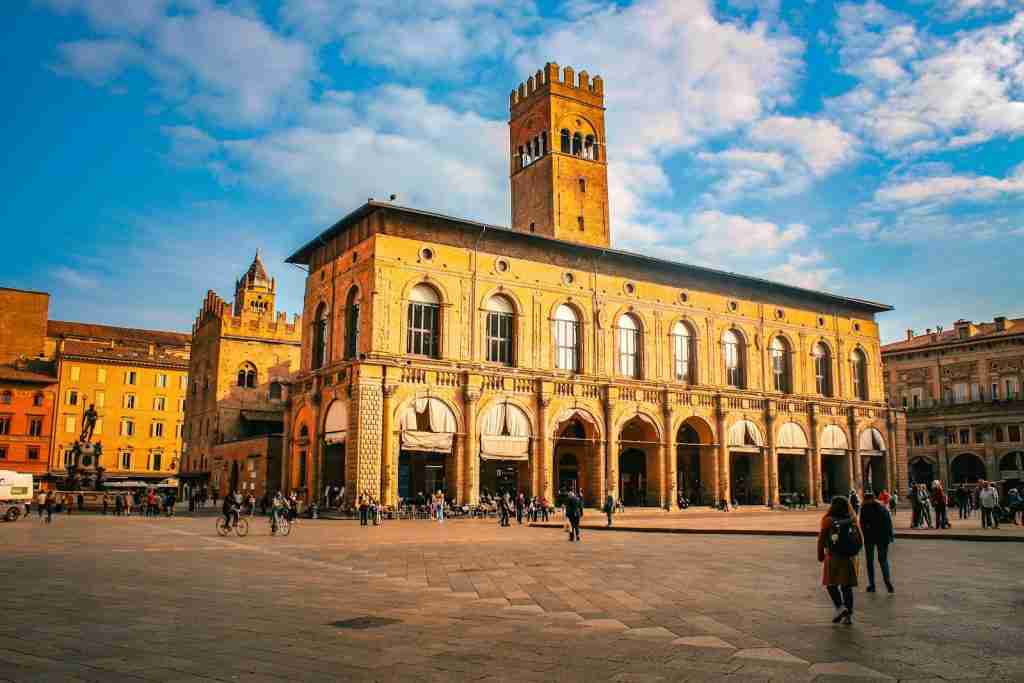
The University of Bologna in Italy, founded in 1088, is recognized as the oldest university in continuous operation. This institution has been a beacon of education and research for centuries.
It has played a crucial role in the development of medieval and modern scholarship. Today, it remains a leading academic institution, blending historic traditions with contemporary research.
21. The tradition of afternoon tea originated in England.
The quintessentially British custom of afternoon tea began in the early 19th century. It has since become a beloved ritual, not just in the UK but around the world, symbolizing a moment of leisure and enjoyment.
This practice of taking tea in the afternoon, accompanied by a selection of cakes and sandwiches, reflects the British influence on global customs and the cultural nuances that enrich European life.
22. The European Union is a unique economic and political union between 27 European countries.
The European Union (EU) is a groundbreaking political and economic partnership that encompasses a significant portion of the European continent. It seeks to ensure peace, stability, and economic cooperation among its member states.
Established in the aftermath of World War II, the EU has become a major global player, promoting the free movement of people, goods, and services across its borders, illustrating the power of collaboration in achieving common goals.
23.What are some unique characteristics of European cuisine?
European cuisine is renowned for its diversity and quality, with each region offering unique dishes and culinary traditions, from Italian pasta and French pastries to Spanish tapas and Greek souvlaki.
24. The Rosetta Stone was key in deciphering ancient Egyptian hieroglyphs.
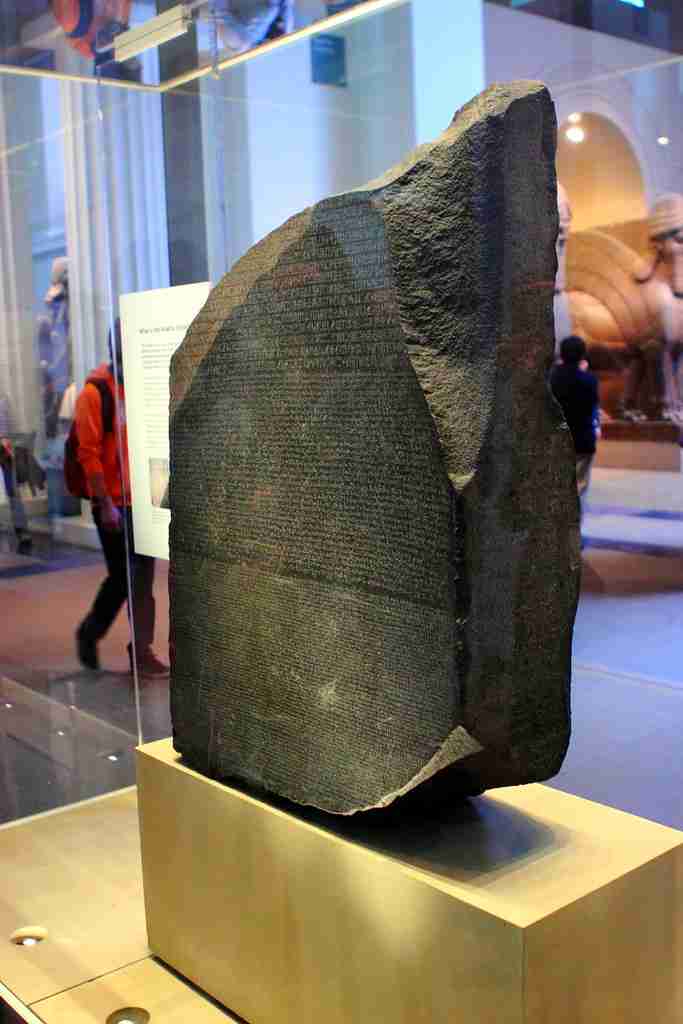
Discovered in 1799, the Rosetta Stone is an ancient Egyptian artifact that was crucial in deciphering hieroglyphs, unlocking the secrets of ancient Egyptian civilization. It is housed in the British Museum in London.
This artifact is a symbol of the interconnectedness of European and ancient civilizations, showcasing the continent’s rich history in the study and preservation of cultural heritage, making it a highlight among facts about Europe for historians and archaeologists.
25. Iceland is renowned for its geothermal activity and natural hot springs.
Iceland’s dramatic landscape is shaped by volcanic activity, making it one of the best places in the world to experience natural hot springs and geysers. These thermal waters are not only a tourist attraction but also a significant source of renewable energy.
The Blue Lagoon, one of the most famous geothermal spas, is a testament to Iceland’s unique geology and its innovative use of natural resources, offering a relaxing and therapeutic experience amidst breathtaking scenery.
FAQs
Europe Day, celebrated on May 9th, commemorates the anniversary of the Schuman Declaration in 1950, which laid the foundation for the European Union, promoting peace, unity, and cooperation among European nations.
European starlings are highly adaptable birds known for their synchronized aerial displays called murmurations, where thousands of birds move in harmony across the sky, creating mesmerizing patterns.
European rabbits are prolific diggers and can create extensive burrow systems known as warrens, providing shelter for themselves and other animals in Europe’s grasslands and woodlands.
Europe is a linguistic mosaic, with over 200 languages spoken across the continent, including Romance, Germanic, Slavic, and Celtic languages, reflecting its cultural diversity and heritage.
Europe is home to diverse wildlife, including iconic species such as the European brown bear, Eurasian lynx, and Alpine ibex, adding to its natural beauty and ecological significance.

